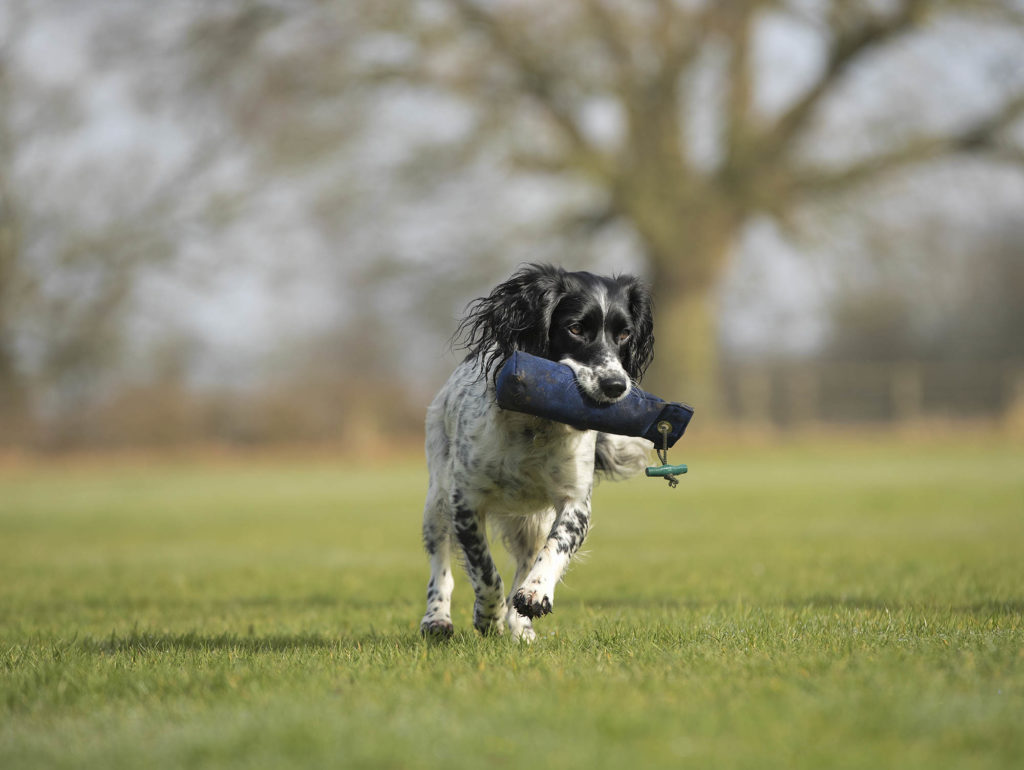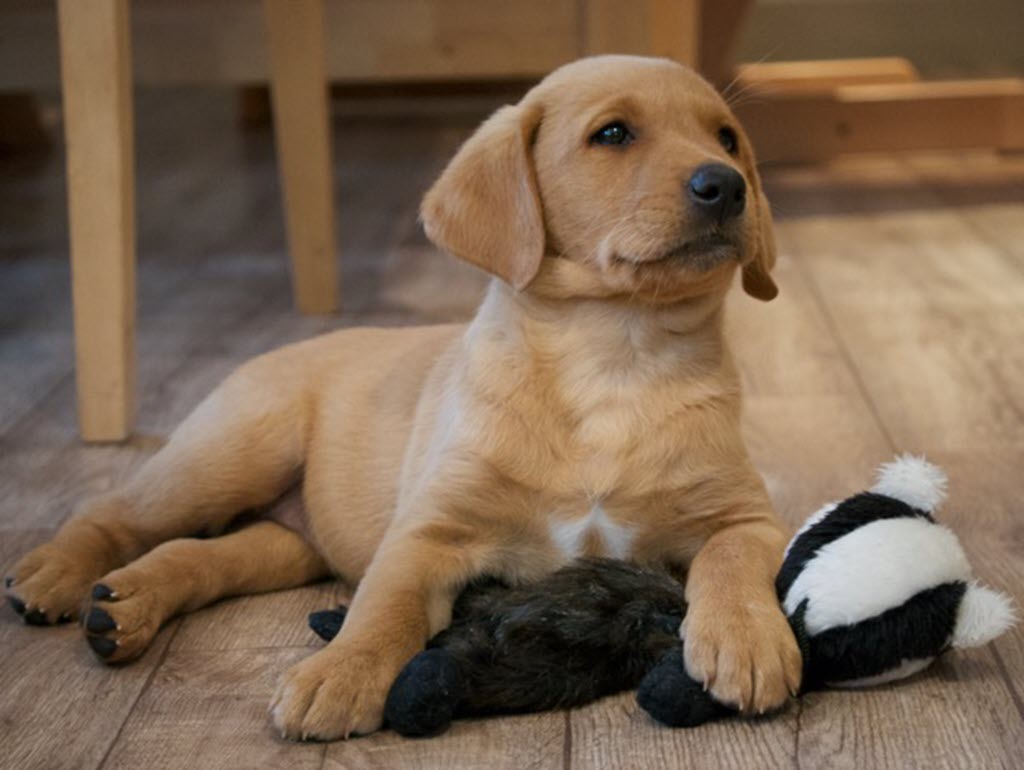The reason for writing this article was to support and inspire others who have had issues with dogs who find jumping difficult.
Ezra my 2.5 year old labrador encountered a couple of accidents jumping where he really hurt himself leading to him losing confidence jumping. This manifested itself in refusing to take my arm if I was pointing at a jump, or worse still taking my arm because of the honest dog that he is resulting in either an early take off, or burying himself into the bottom of the jump stuttering whilst he tried to work out if it was safe to take off. I decided I couldn’t continue facing him at jumps knowing how he felt and started to seek alternative ways of helping him with this problem. I spoke to many people, and concluded the agility community were perhaps going to have some answers to these problems I was having.
I knew from my horsey background that something along grid work was going to be the way forward and was recommended a book by Susan Salo that breaks down the art of jumping into its component parts by using grids. I love clicker training so the thought of breaking exercises down really appeals. In her book Susan says “The grids give you a means of isolating various aspects of the jumping mechanics and allow time for your dog to practice in a quiet, encouraging environment” and goes on to say “ practicing gridwork gives your dog an opportunity to focus on his jumping mechanics so you can help him develop understanding and confidence, and ultimately speed.”
Whilst the book is crammed full of great content I must admit I prefer having a pair of eyes on me to tell me what to look for. So when asking around Jo Tristram’s name came up as an agility competitor and trainer with extensive experience in her sport. She uses Susan’s grids as the basis of her online course so I decided to sign up.
The combination of the book and the course really helped me look at jumping with a different perspective, particularly in relation to the biomechanics.
To give you a flavour of what we have been working on Ill share some details of the exercises with videos of the main two different grids we started with.
Straight on set point jump – Ezra doing the Set Point Exercise
This is where all the questions are removed that may distract Ezra when he is choosing the point at which to take off for the jump. This is so he learns how to use his body and what it feels like to get it right.
In this exercise take off points should be equal to the landing points with the highest point of the jumping arc happening over the centre of the pole.
Bounce Work
The second jumping exercise is all about teaching your dog to bounce through a grid of 4-5 low jumps. Height is unimportant in this exercise.
This is called plyometrics and is used in many sports to teach the concept of how to move from extension to collection in a rapid manner. In effect the dog lands and then immediately takes off again from the same spot without taking a stride. Doing this grid engages and builds the correct muscles for rear end strength and jumping power. It requires lots of balance, core stability and fast footwork.
Here is a video of Ezra doing this exercise.
I have been working on these exercises for a little while now, and the results are already beginning to show themselves. Here is a clip of Ezra taking on a new jump in a new venue where you can still see the hesitation going out, but he is so much more confident coming back.
Ezra jumping @ Roan Lodge
The setup and goals
All jumping efforts are rewarded with a toy/ball placed at the end of the course/setup. Repetitions show strengths and weaknesses. Keeping a balance of working on weaknesses and including exercises that the dog excels at keeps the confidence and enjoyment high.
Essentially we look at the stages of the jump, the stride before where his weight is in his front feet and shoulders as he prepares for the jump, then shifts in his weight into his hips. This is where I identified that Ezra pulled himself over the jump by his shoulders and had a lack of ability to shift his weight back to propel himself into the air. To achieve this weight shift he has to raise his head slightly, the back feet are placed together with weight spread equally between them. This weight shift creates the spring needed for the appropriate elevation over the jump.
As the shoulders raise up and he lifts from the ground, his head will lower and reach forward slightly creating a rounded shape over the jump, forelegs folded under. Dogs that have not been taught this correct way of jumping will jump with their head high bowing their back making the jump effort inefficient and energy consuming with weaker jumping mechanics.
The grids are not a patterning exercise, but regular repetitions which only show gradual improvements, so it’s about building layers of knowledge for the dog. Also we don’t want to underestimate the power of latent learning so sessions are kept short and fun.
I hope like me this gives you food for thought when teaching your dogs to jump.
References
Gundog Training Courses
Have you got a gundog breed at home? Would you like to train him/her for the shooting field, or would you just like to train your dog to a high level? I can help with these scenarios.
Puppy Training Courses
When you first bring a puppy home it can be very exciting but daunting all at the same time, so I am on hand to come and guide you through those key canine development stages to ensure that your puppy grows up to be well-mannered.



